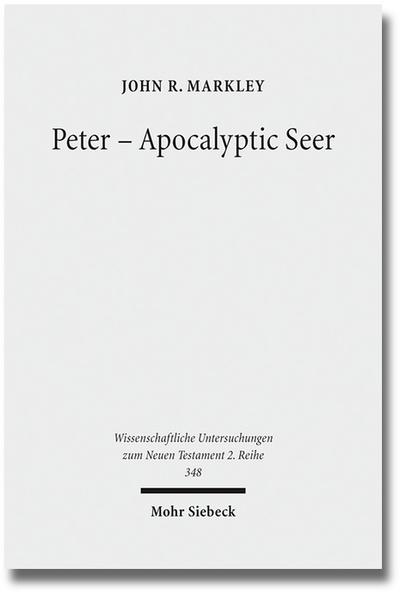MARKLEY,J., Peter - Apocalyptic Seer. Tübingen 2013.
Peter – Apocalyptic Seer. The Influence of the Apocalypse Genre on Matthew’s Portrayal of Peter. 1. Aufl. Tübingen, Mohr Siebeck, 2013.
23 x 16 cm. XV, 285 S. Fadenbindung. (Wissenschaftliche Untersuchungen zum Neuen Testament 2. Reihe, 348). ISBN 9783161524639.
In this study, John R. Markley argues that the generic portrayal of apocalyptic seers, which he reconstructs through an analysis of fourteen Jewish and Christian apocalypses, shaped Matthew’s portrayal of Peter. This influence of the apocalypse genre has come to bear on the Matthean Peter indirectly, through Matthew’s appropriation of Markan and Q source material, and directly, through Matthew’s redaction and special material. This suggests that Matthew has portrayed Peter, in part, as an apocalyptic seer who was an exclusive recipient of mysteries about Jesus and mysteries mediated by Jesus. In other words, Matthew primarily conceived of Peter as a recipient of revelation, analogously to the venerated seers portrayed in the apocalypses of the Second Temple period. Markley states that these conclusions require substantial revision to the predominant scholarly estimations of the Matthean Peter, which mainly hold him to be a typical or exemplary disciple.
Order Number: 2597VB
Fixed Retail Price: EUR 104,--

